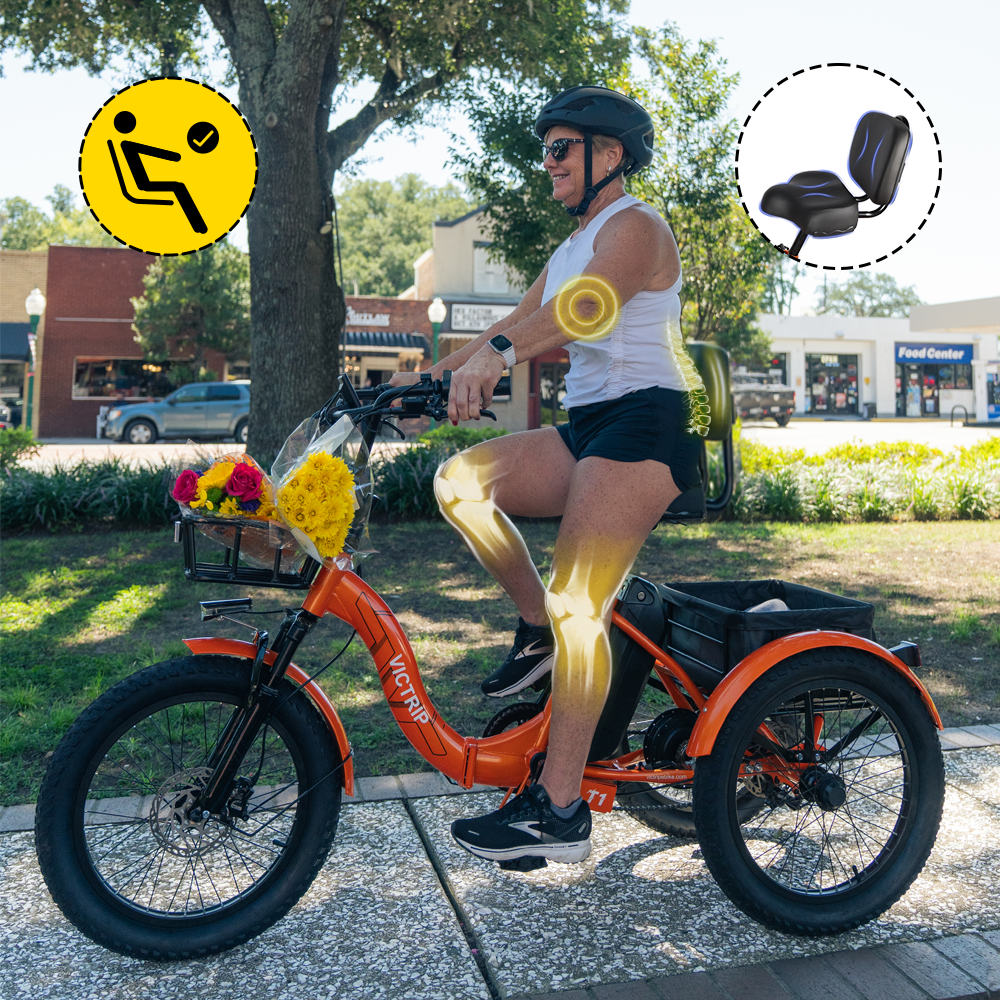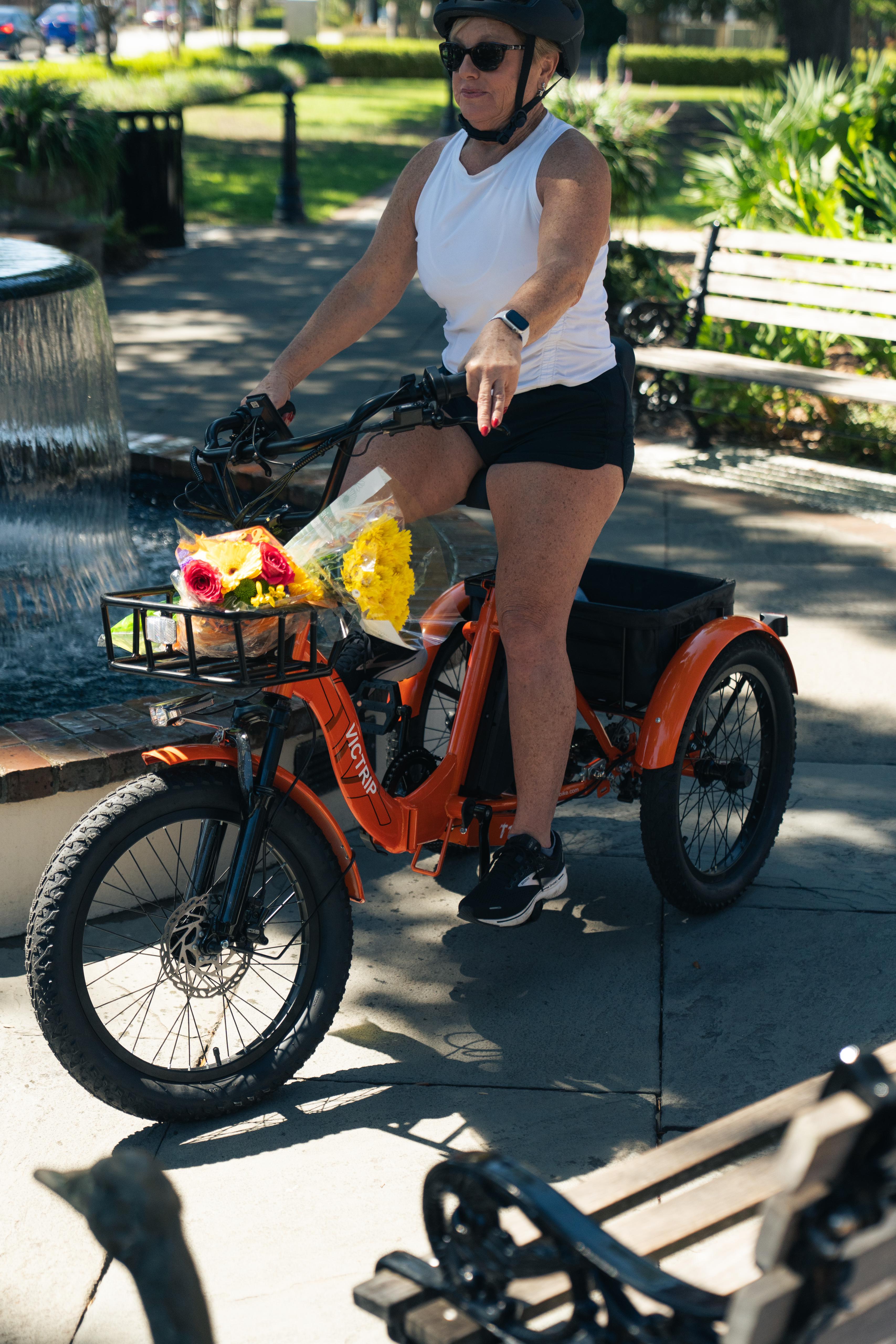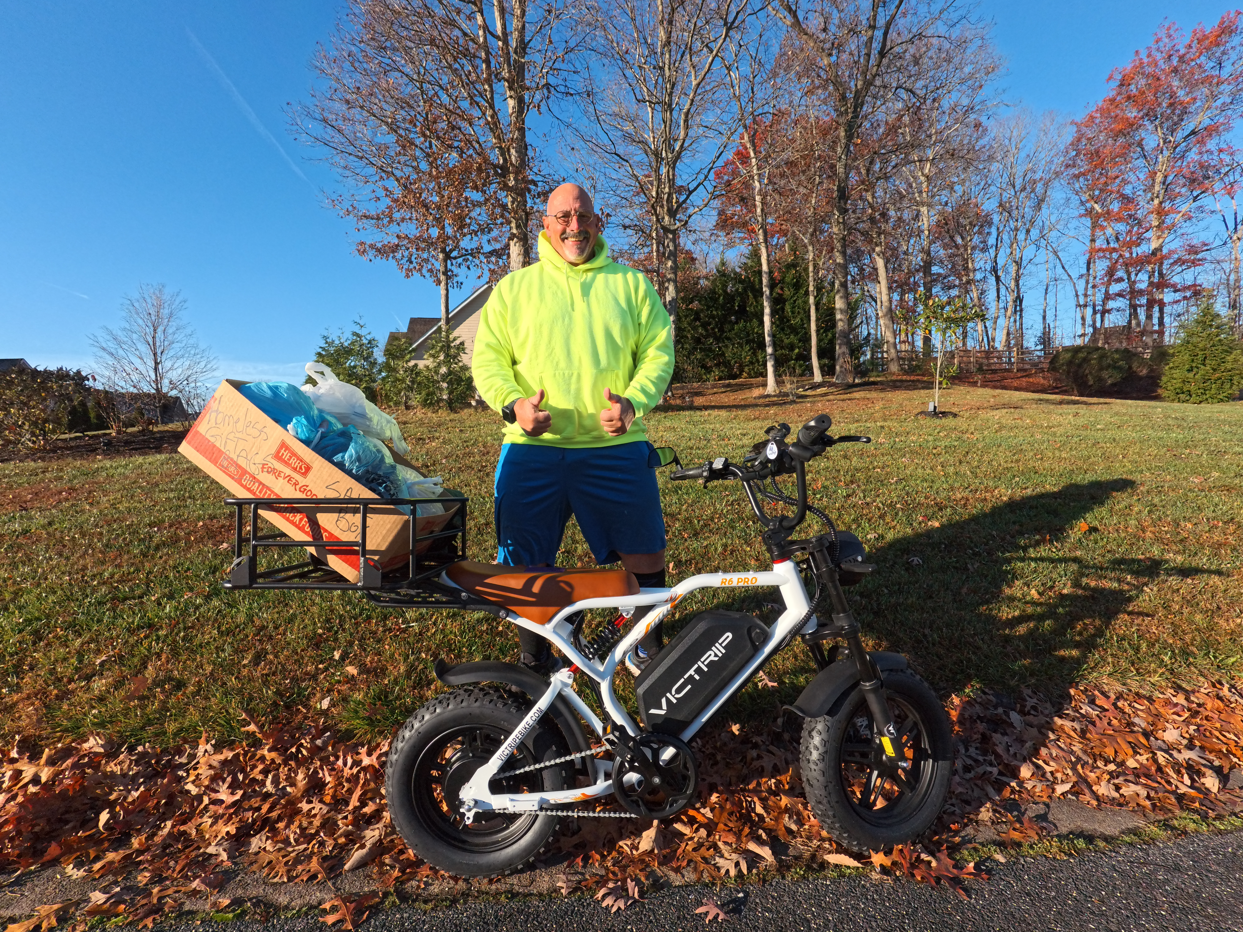
Electric trikes, also known as e-trikes, are changing the game for seniors and disabled riders who crave independence, mobility, and a breath of fresh air. These stable, battery-powered three-wheelers are more than just a fun ride—they’re a serious mobility solution. But just like any vehicle on the road, e-trikes come with their own set of rules and responsibilities.
If you’re a senior or someone with a disability looking to hop on an electric trike, this guide is your roadmap. Let’s unravel the legal stuff, safety essentials, and insider tips to help you ride with confidence and clarity.
⚖️ Legal Classification of Electric Trikes
Are Electric Trikes Considered Bicycles or Mobility Devices?
It depends. If your trike has pedals, a motor under 750W, and maxes out at 20 mph, it's usually treated like a bicycle. But if it’s designed specifically for mobility purposes (think: no pedals, full throttle), it might be classified as a Personal Mobility Device under the Americans with Disabilities Act (ADA).
Federal vs State Laws
Federally, the Consumer Product Safety Commission (CPSC) treats electric trikes like bicycles—so long as they meet certain specs. But states can (and do) add their own twists, so always check your local Department of Transportation (DOT) for up-to-date regulations.
🎯 Rider Eligibility and Special Provisions
Age Requirements
Most states allow riders over the age of 16 to operate an electric trike without a driver’s license. However, seniors over 65 are generally encouraged to consult local guidelines, especially if riding on public roads.
Disability Considerations
If you’re a disabled rider, e-trikes designed for mobility may qualify as medical devices, giving you additional rights and protections under ADA law.
Medical Certification
Some states may require a note from a medical provider to legally classify your e-trike as a mobility aid. This can give you access to sidewalks, shopping centers, and public transport zones.
Speed and Power Restrictions
Maximum Allowed Speed
For most jurisdictions, 20 mph is the magic number. Trikes that exceed this might be classified as mopeds or scooters—and that changes the game legally.
Wattage Limits
Stay under 750 watts (about 1 horsepower) if you want to avoid registration and licensing hassles.
Helmet and Safety Gear Regulations
Helmet Requirements by State
-
California: Required for all riders
-
Florida: Optional for 16+
-
New York: Mandatory for riders under 18
-
Texas: Recommended but not enforced
Protective Gear Tips
Even if it’s not required, helmets, reflective vests, and elbow/knee guards are smart picks—especially for older riders.
🛣️ Where You Can Ride Electric Trikes
Sidewalks, Bike Lanes, and Roads
If your e-trike qualifies as a bicycle, you can often use bike lanes and side roads. But if it’s a mobility device, sidewalks are typically allowed, unless otherwise posted.
The foldable nature of the VICTRIP® T1 makes it especially convenient for riders who want to take their trike on public transport or store it easily when not in use.
TOP PICK

VICTRIP® T1 Foldable Electric Tricycle
Public Parks and Trails
Check for signage. Some trails allow Class 1 & 2 e-bikes/trikes, but others ban all motorized vehicles.
ADA-Compliant Zones
If your trike is deemed a mobility aid, you have the right to access sidewalks, crosswalks, ramps, and most public spaces under ADA protection.
Licensing, Registration, and Insurance
Do Seniors Need a License?
Not if your trike meets the federal e-bike classification. But if it exceeds 20 mph or 750W, it might be considered a low-speed vehicle—then you’ll need a license.
Registration Rules
Most trikes don't require registration unless they surpass speed/power thresholds.
Insurance
Liability insurance isn’t usually required but is a good idea—especially if riding in high-traffic areas or communities with strict HOA rules.
ADA Guidelines and Rights
ADA Compliance for E-Trikes
The ADA protects the rights of individuals using mobility aids, including electric trikes, so long as the device is “primarily designed for use by individuals with mobility disabilities.”
Where You Can Ride Under ADA
You’re allowed to ride your mobility-classified e-trike:
-
Inside malls
-
On public sidewalks
-
In transit terminals
-
On ADA-accessible trails
Access Rights
Businesses and local governments must accommodate your electric trike unless it poses a direct safety threat.
State-Specific Regulations
California
-
Max speed: 20 mph
-
Helmet: Required
-
Sidewalk use: Not allowed
Florida
-
No registration for <750W
-
Helmet optional
-
Sidewalks allowed
New York
-
Class 2 trikes allowed
-
Helmet required under 18
-
No license for under 20 mph
Texas
-
Treated like bicycles
-
No license or insurance
-
Sidewalks allowed
Maintenance and Safety Checks
Pre-Ride Checklist
-
Tire pressure
-
Brake response
-
Battery charge
-
Lights and reflectors
Battery Tips
-
Use manufacturer-recommended chargers
-
Don’t overcharge overnight
-
Store indoors in cool temps
Routine Maintenance
-
Lube your chains monthly
-
Check wiring for frays
-
Clean brakes and tires
Tips for Seniors and Disabled Riders
Choosing the Right Trike
-
Look for low step-through designs
-
Prioritize adjustable seating and back support
Comfort & Ergonomics
-
Use memory foam cushions
-
Consider padded handle grips
Social Riding Options
-
Join community ride groups
-
Assisted living centers often organize group outings
🤝 Community and Advocacy
-
AARP and local disability advocacy groups support inclusive transportation
-
Participate in public hearings about local e-mobility rules
-
Volunteer to help others learn how to safely ride
Penalties for Non-Compliance
-
Riding too fast = up to $200 in fines
-
No helmet in helmet-mandated states = $50+
-
Riding in non-permitted zones = warnings or citations
Future of Electric Trikes and Accessibility
-
States are updating regulations to match rising demand
-
ADA is reviewing updates to expand e-mobility recognition
-
VICTRIP and other brands are innovating trikes with high-capacity LG batteries and smart safety tech for seniors
Conclusion
Electric trikes are more than just a ride—they're freedom, movement, and confidence on three wheels. Whether you're a senior seeking adventure or a disabled rider reclaiming mobility, understanding the legal landscape ensures every ride is smooth, safe, and stress-free. Just remember—check your local laws, ride responsibly, and never underestimate the power of three wheels.
FAQs
Are electric trikes safe for seniors?
Yes! They offer enhanced stability, easy balance, and ergonomic designs tailored for seniors.
Do I need a license to operate an electric trike?
Not usually—only if it exceeds 750W or 20 mph. Most e-trikes fall below that.
Can I ride my electric trike in the park?
Depends on park rules. Many allow Class 1 and Class 2 e-trikes but check local signage.
What kind of trike is best for disabled riders?
Low step-through, upright trikes with full back support and throttle assist are ideal.
Do electric trikes qualify as ADA mobility devices?
If the trike is used due to a mobility disability, yes—they may be protected under ADA guidelines.




Share:
Why Dual Battery eBikes Are My New Travel Essential?
Street Legal & Stylish: Electric Bikes with Motorcycle Vibes